Building the world’s first “quiet” supersonic X-plane and a series of fueled by green energy planes, is part of the NASA’s budget proposal.
America stands on the cusp of a new era in aviation that’s dramatically cleaner, quieter, and even faster.
Images credit NASA
The details of NASA’s plan to get from here to there are spelled out in President Obama’s recently released federal budget request for the fiscal year beginning Oct. 1, 2016. If approved, next year will be the first in a bold 10-year plan by NASA Aeronautics to achieve huge goals in reducing fuel use, emissions, and noise by the way aircraft are designed, and the way they operate in the air and on the ground.
One exciting piece of this 10-year plan is New Aviation Horizons – an ambitious undertaking by NASA to design, build and fly a variety of flight demonstration vehicles, or “X-planes.” It’s a shout-out to NASA’s century-old heritage in using experimental aircraft to test advanced technologies and revolutionary designs, and to reduce the time it takes for the tech to be adopted by industry and moved into the marketplace.
Thanks to recent extraordinary results coming out of six years of technology demonstrations done with other government agencies, industry and academia, NASA Aeronautics feels confident to enter X-plane territory.
This version of a hybrid wing body aircraft concept has turbofan engines on top of the back end, flanked by two vertical tails to shield people on the ground from engine noise. Credits: NASA / Boeing
Jaiwon Shin, associate administrator for NASA’s Aeronautics Research Mission Directorate, said:
“We’re at the right place, at the right time, with the right technologies,The full potential of these technologies can’t be realized in the tube-and-wing shape of today’s aircraft,” he explained. “We need the X-planes to prove, in an undeniable way, how that tech can make aviation more Earth friendly, reduce delays and maintain safety for the flying public, and support an industry that’s critical to our nation’s economic vitality.”
The demos included advancements in lightweight composite materials that are needed to create revolutionary aircraft structures, an advanced fan design to improve propulsion and reduce noise in jet engines, designs to reduce noise from wing flaps and landing gear, and shape-changing wing flaps, and even coatings to prevent bug residue buildup on wings. Researchers predict the tech could save the airline industry $255 billion accrued during the first 25 years after being put into service.
This truss-braced wing concept could be another subsonic X-plane; the supported wing has proven in wind-tunnel testing to reduce fuel use by 5 to 10 percent over advanced conventional wings. Credits: NASA Langley / Sandie Gibbs
One of the first X-planes is expected to be a hybrid wing body shape, where the familiar tube-and-wing instead becomes a wing that blends into the body. It flies the same speeds as commercial transport aircraft.
source NASA

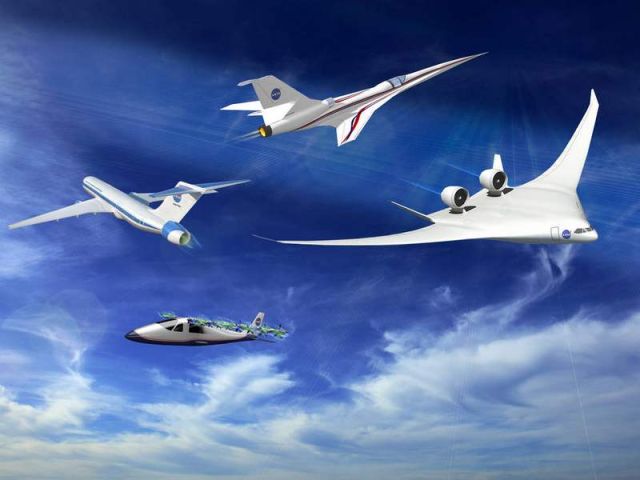
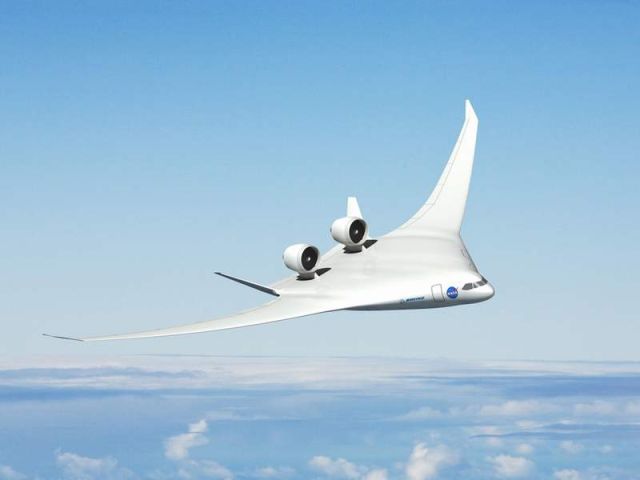
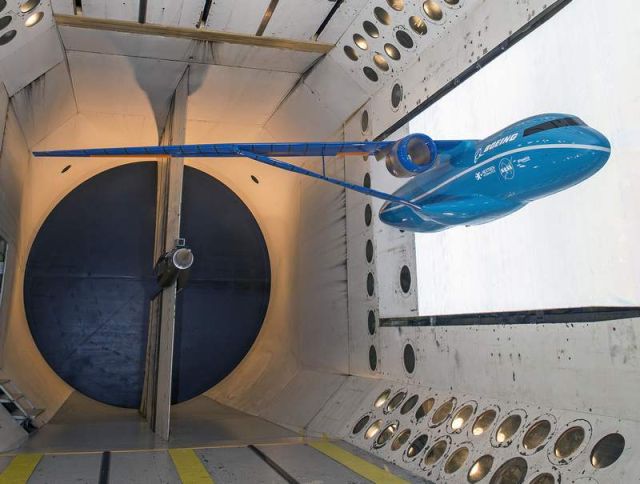
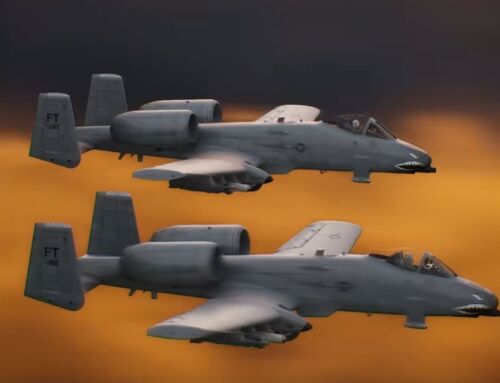
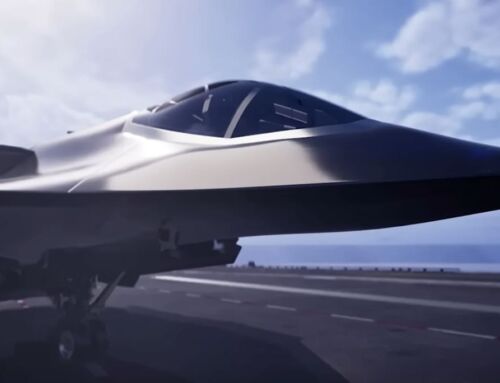
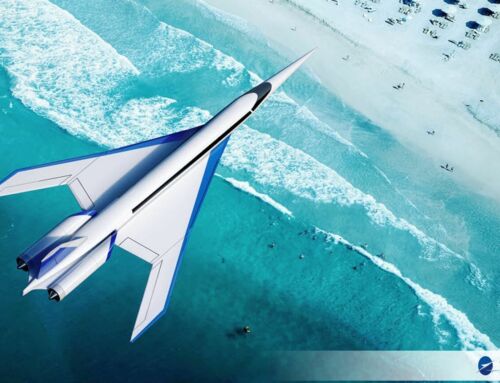
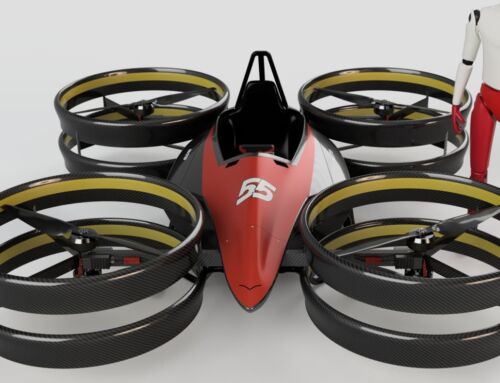
Leave A Comment